-
Posts
2,106 -
Joined
-
Last visited
Content Type
Profiles
Forums
Articles
Gallery
Downloads
Events
Posts posted by FieryFurnace
-
-
I have been thinking of building an air-hammer myself. I'm considering something like the new style kinyon. With the air cylinder working a leaf-spring guided helve. The point of stating all this, is to ask a question that could help both of us.
You could shift the connection point of the cylinder to the leaf spring to adjust the throw length, right?
(i.e.: The closer the connection point to the hinge, the greater the throw. You'd want a way to adjust the tup height, but I have an idea for that as well.)
I suppose you could, but moving a roller valve by loosening two tiny screws, seems a little easier. -
I'll be selling the 60 but need to get a new one built first.
-
A stroke larger than say 16'' seems huge to me for a 150# hammer......You can fit larger tools/stock in between the dies if you build in a removable sow plate(s) but you have to be carefull not to crash the cylinder if you miss or better yet get a cushioned cyl........I think having a much greater stroke will increase your cfm requirements and might make it less ''snappy''.
Interesting insight! I was planning on getting it cushioned. Any suggestions on port size? -
With either Kens or Johns I think you'd have everything covered, with Kens anyway - as I've used his multiple times - John's looks good from the videos, I wish I could try his to compare.
Those hammers are capable and versatile, but I need two hammers set up with different tooling for some things. Also the tire hammer is a work horse and is cheaper to run. -
Dave - sell both your hammers and buy a hammer from Ken Zitur or John Larson
Wish I could but the tire hammer is essential too! I've got to have two! -
Neither of these hammers will bring anything on the market today. People simply are no longer interested in power hammers. I will be happy to store them both until the market reappears. :D
-
Alright folks. It has been almost three years since I purchased my first power hammer.
It was advertised on here for sale, and I travelled up to Fort Wayne Indiana to pick it up.
The hammer I bought was a 60 pound Kinyon-style air hammer.
It is still an essential part of my shop. My air hammer does the work my tire hammer cannot and the other way around too. However, there are times when I would really like some additional punch behind my air hammer, and also more throw (room between the dies.)
I would like to gather some info for a possible air hammer build sometime this winter.
My compressor is a 7.5 HP, 80 gallon rig, with a max PSI rating of 200. Comparable compressors pump about 24CFM at 175PSI.
Naturally, I would like to build the largest hammer I can. 100-150 pounds would be nice.
I am planning on using a "Coleman" operating system. Hopefully I won't get caught in the crossfire of "who came up with what design first" debates, through this. I just found some info online searching for various systems. The "Coleman" operating system seems to have a functionality similar to the KZ hammers. (Which are awesome by the way.)
He is a link to a site with some info on this system.
http://colemanstuff.wordpress.com/hammertime/
My current hammer has a 13-inch cylinder and currently uses about 12-inches of throw or less. I would like to increase this as much as possible. My initial and uneducated idea is to use a 24-inch cylinder.
So my first question is this. Can I reasonably expect to run a 100-150 pound home built hammer off of my size compressor, or is that too much? Should I stick with 100 pounds or less, or will I still be within the oporation abilities of my compressor to go on up to the 150 pound mark? (I know this will depend a lot on cylinder size, and efficiency in hoses, fittings, and valves.
Second question is this. Is a 24-inch cylinder way too big? Remember, I NEED throw. Most of the time I will only be using a 10 or 12-inch throw, but when you need the extra, it's nice to have it. You can adjust a bigger hammer down, but you can't make a smaller hammer big. My question is, what is normal for a 100-150 pound pnuematic hammer?
OK so the next question is based on the answer to the last. What size cylinder and shaft diameter should I choose for the length of the cylinder that you recommend? If you recommend I decrease to an 18-inch cylinder on a 100 pound hammer, what would you recommend the diameter of the cylinder and shaft be? If you recommend I go with a 20-inch on a 125 pounder, what cylinder and shaft diameter should I go with? Give me some options that you think will work well with my compressor.
Alright, let's talk hoses and valves. Based upon the size cylinder you've recommended, what size hoses and valve ports would you suggest? If I go with a smaller or larger size hose and port, what does that affect on the hammer? Speed? Power? Both? Something else?
Final question is, does anyone have an operating system similar to the Coleman controls and if so, would you mind sharing pictures? The website has very blurry photos and although I get the general idea of everything, it is rather sketchy and will leave a lot to trial and error. If you would be willing to share measurements, that would be great too.
(Although I love the operating system of the KZ hammers, I do not want anyone to send pictures of it's operating system. They have made a product to sell to make a living. Unfortunately I cannot afford their product, but I don't want access to their operating system through someone who has purchased it.)
Thoughts, suggestions, and resources welcome!
Thanks! -
Thanks guys! My sister is 24 (married now,) and she's been an active part of the household kitchen duties since she was nine or ten. She can braid her own hair a half dozen different ways so between that and her extensive culinary experience, I imagine braiding a pie on a counter top would've be too tough for her. She used to braid leather too....braided me a 21 strand calfskin belt once.
-
I've tinkered in the past with rebar, rail-road spikes, files, and sucker rod knives with varied amounts of success. I absolutely LOVE blades, and have enjoyed tinkering with them in the past, but I've never devoted much time to them as that has never been the direction I've wanted to go with my smithing.
Sure I'd love to be a master bladesmith someday, but I am more interested in the blacksmithing side of things, at least for now.
Well a while back (couple of years ago,) my grandad asked me to make him a knife when I felt like my skill level was up to par with producing something good.
I still do not have the tools or the skill to produce a really fine product, but over the last two days I've worked to make the following for him.
The blade is 5160, the cross guard is 404 stainless, the rivets are copper, and the handle is cow bone I bought at Quadstate. The case was made by my 14 year old brother.
This is the first knife I've ever made that I would actually call a real knife. The level of finish is not super, but it's the best I could do with what I had.
And just for thanksgiving teasers, here's a made-from-scratch apple pie my sister made.
Thoughts???
-
I do one or two demo's a year. It seems there is almost always someone that wants to dominate my time. They know that I can't leave. They talk about anything and everything except blacksmithing. How do you handle these people?
I've done demos for four or five years and have dealt with people who cussed me up one side and down the other, people who told me what exactly was wrong with every single piece if equipment you have, people who are funny, attentive and interested, and everything in between, from ages 5 - 90.
If someone comes up and tries to tell you what is wrong with your stuff or your technique, keep your replies to a minimum. Do not engage these people in argument. That's their whole goal, so if you just nod your head carelessly and say "oh ok," they'll give up after a few minutes and walk off. Then you and the rest of the spectators can laugh at them once they are out of earshot.
Talk the jokers and the outgoing folks in your crowd and ignore the people who know it all. ALWAYS come off as SUPER confident, but not hauty in your technique and knowledge. Hauty comes off repulsive, confidence comes off as unquestionable.
If you present our stuff as if you really know what you are doing, most "know it alls" will move on and search for a more helpless victim.
Good luck! -
I got the stand finished up! Well except for the hammer racks. You couldn't ask for a more solid base. This thing is stout! I've been forging a little bit on it today and I'm very pleased with it. I have yet to bolt it down to the concrete because I'm not sure where I'm putting it yet.
Overview!
The anvil is kept from all side-to-side, front-to-back movement by small tabs. It is bolted down to the stand with this 1-inch solid round bar frame that is bolted through the 3/8-inch thick top plate on the anvil stand.
Here is the "USA" stamp as well as the chiseled "L" that are the only markings I've found on the anvil. I'm assuming the USA is a factory stamp and the "L" was a bored shop owner.
-
2-inch square tube Tri-leg system, 3/8-inch plate top, bolt operated hold downs to attach the anvil, tool holders for hammers and hot cut. Standard steel stand. Pics forthcoming! I've spent most of the day building the stand! Need to go finish it up now!
-
Demo, eat, free forge time, socialize, leave.
We need a centrally located host shop, an energetic guy with enough time to plan, organize, and invite people to a meeting, and enough people to attend.
We need a forge, an anvil, a vise would be nice, a building in case it rains, and basic tools for the demonstrator. Basically a fairly well equipped hobbiest's work station. -
Looks good. What are you going to inaugurate it with?
I'd be doing good just to get a stand built for it! -
Rebound and tone are consistent throughout the face. I tested it extensively, being wary of a repair job.
The USA stamp is a stamp, not cast proud of the surrounding surface.
-
We had some 25 or 30 people on the "we are interested" email list. We gave a month's notice for a meeting date and 3 people showed up.
I am a full time smith and simply do not have the time to inspire, arrange, plan, and host a meeting. I have to make a living. I will be happy to attend, help where I can, or demonstrate, or whatever, but I can't devote the time to getting this going.
-
I picked this one up at Quadstate back in September! It's rebuilt, and the only maker's marking on it is USA stamped clearly in the near side. (When the horn is on the right.)
Rings good, has better rebound than my fisher, and the horn is in good shape. Hardy hole is great and the face is flat too. It weighs 210 lbs. The edges are sharp all of the way around, so I can dress them as I please.
I need to get a stand built for it is all!
At $1.66 a pound, I don't think I did too bad! :) BTW, it is just sitting on that piece of plate!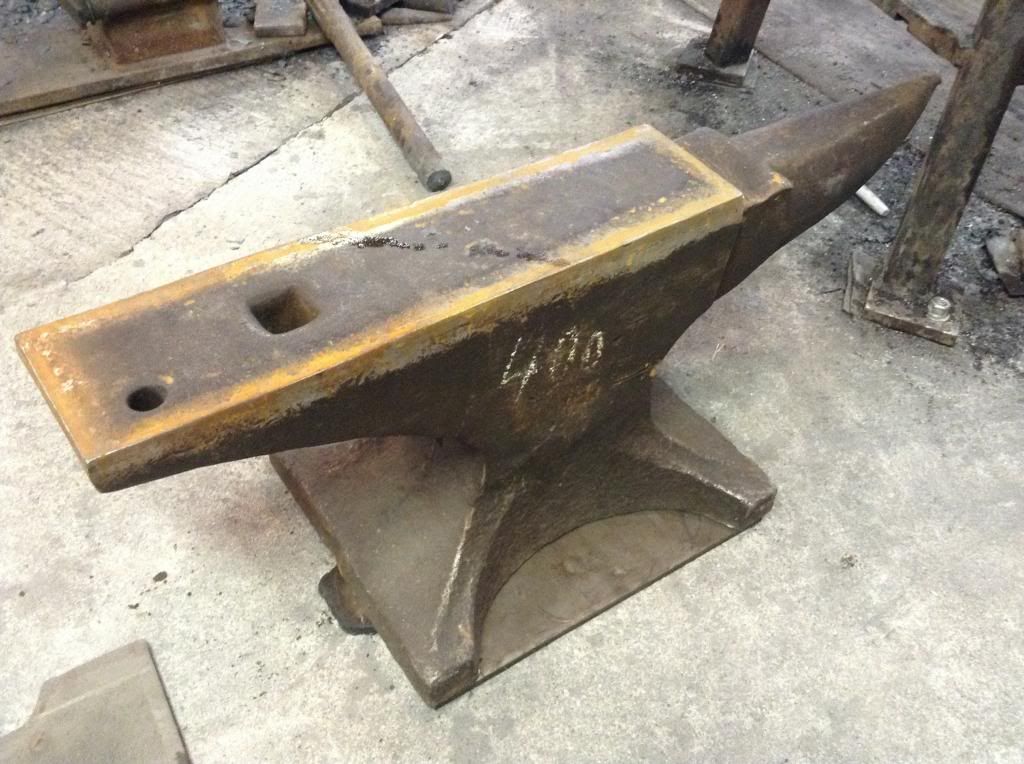
-
Dave, a roll of TP doesn't weigh much. I wouldn't change size for either of these applications, unless someone is using the towel bar as a chin-up bar.
LOL Yeah! My only concern was someone bumping into the toilet paper bar or something. I am probably a little over cautious and tend to over-engineer things sometimes though.
-
Here are the pictures of my standard hardware. The hard bends could be softened. The dimple texture is done cold. The purpose of upsizing the stock would be strength. I just did not know if 3/8 round would be sufficient for this type of hardware. Especially the toilet paper holder which only mounts on one side and the bar is unsupported on the other side. The bath towel bar is 18-inches long but is screwed to the wall on each end. However, if I upsized the toilet paper holder stock I would need the other hardware to match.
So yes, my questions is a strength issue. If the toilet paper holder looks like the second picture and the bar extends 6-inches, and is unsupported on the end, is 3/8 copper or bronze sufficient for that?
-
Hiya folks! Thanks for the input! I'll get the pics of the iron version up ASAP. Just got back from a few days hiking/camping, so I'm trying to get caught up!
-
Hey folks! I'm looking at forging some bathroom hardware out of copper or bronze. Currently I forge the hardware from 3/8-inch round bar (.375-inch,) in steel.
In copper and/or bronze should I bump the size up to 1/2-inch (.5-inch) or is 3/8-inch ok???
Thanks! -
Hey IFI members.
I'm going to be heading up to quad state in an F250 4-door, hauling a 12-foot enclosed trailer. I'll be leaving out on Thursday the 26th of September. I have one other rider and can fit two more comfortably.
I can also haul reasonable sized items back here if you go to buy stuff. (Assuming I sell the items I haul up there. Reasonable size items do not include power hammers!)
I will be more than happy to transport you back and forth to your hotel, with the understanding that we all have to work together to meet everyone's time schedules as close as possible. I will be camping on site,
Finally, there will be no smoking or drinking or cussing or dirty jokes in my vehicle at ANY time, under ANY circumstances. If you cannot comply, you cannot ride.
You can do whatever you want at other times, I do not care.
I am located in south central Kentucky, not far off of a main highway. Google Columbia Kentucky!
Let me know if you are interested. You can respond here or PM me through the site. -
Last year when I went to Sandusky they were very low on salvage stock.
Dave and Rusty Anchor, how is the salvage yard now?
That was the worst salvage stock that I had seen there. Hopefully they are getting more now. I have always paid $.25 a pound there.
If they have a good supply I'm about ready to go again.
No luck on the scrap sections. It's been very sparce for a couple years now. The guys in the office said it just quit coming.
They do also have some bar stock in "cheep stuff." Typically just rusty stuff. 20 foot of 3/8 round = $3.20, of 5/8 square = $8.00. Basically half the norm price. They usually have small bar stock in the "cheep stuff."
Let me know when you are up here next Wayne.....I'll try to not be sick this time. :) -
Consider Sandusky Sales wholesale steel here in Columbia. It's a far drive, but it would be worth it if you picked up a big load.
New 3/8 round 20 feet is around $6.30 a bar.
1/4 - inch square is only available in 12' lengths and costs $4.40 a stick.
5/16 round, 20 feet $4.85.
1/4 x 1 flat 20 feet, $10.45.
I think they stock every size of bar stock up to about 1-inch or 1.25-inch in mild steel . They can order bigger stuff too.
They also have large selections of "scrap" pipe and plate. Pipe is .35 per pound and plate is .25 a pound. They stock I-beam, channel, plate, sheet, pipe, 4140 and 1045 in round stock, stainless stock and plate, aluminum stock and plate, steel bar grating, expanded metal, and rebar. They also have tons of misc bolts, drive chains, gears, old casters, tons of 3-phase motors, and stuff.
They will torch cut stock stuff down to a handlable size free of charge. They also offer shear and band saw services at $15 minimum shear and $10 minimum saw.
I've never had to have them order anything. They stay well stocked! No minimum order either!
Phone number: 270-384-4716
I'll be happy to meet you up there and show you around! Customer service can leave something to be desired sometimes.
Btw Sandusky Sales is the same as Sandusky steel.


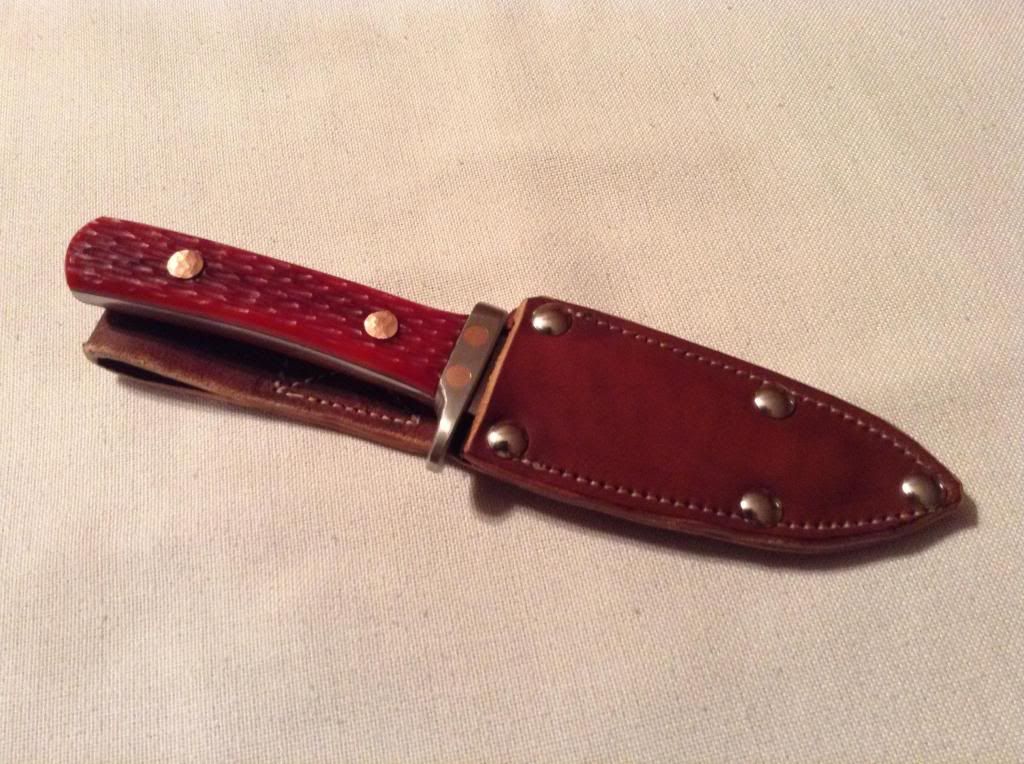
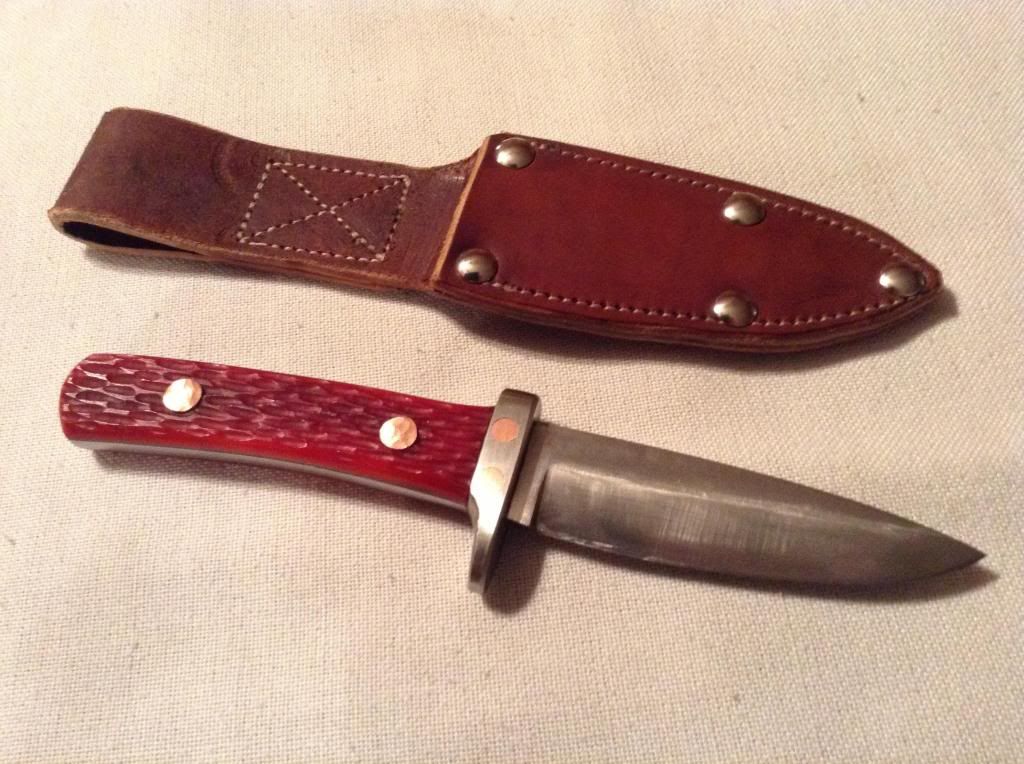
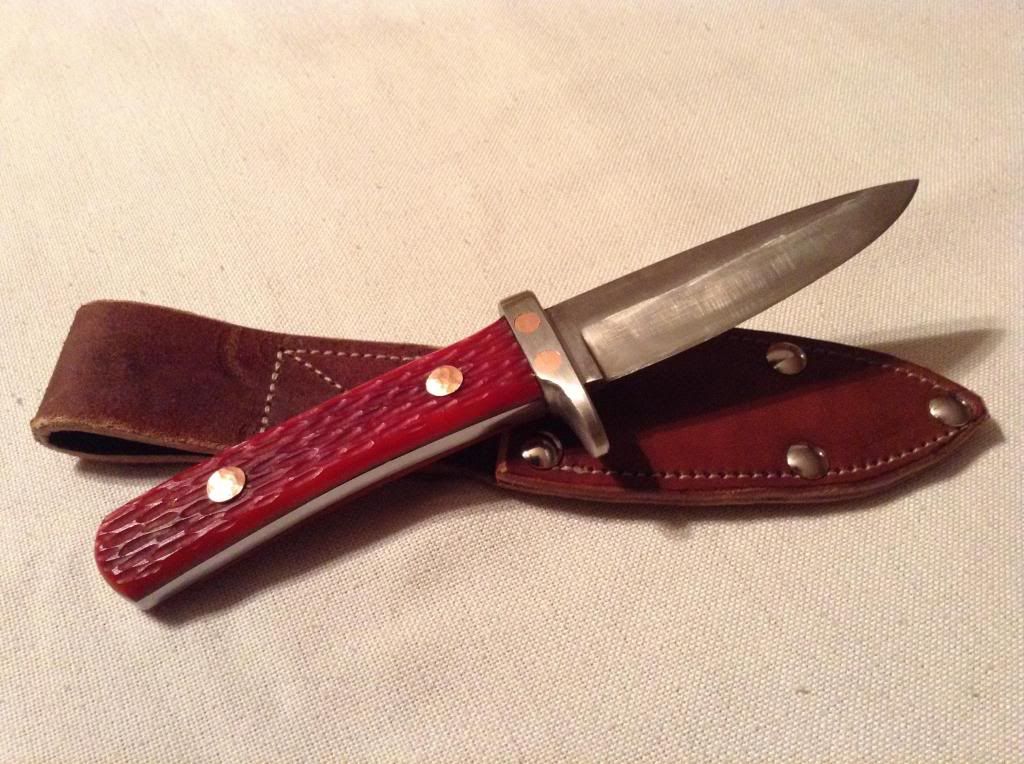
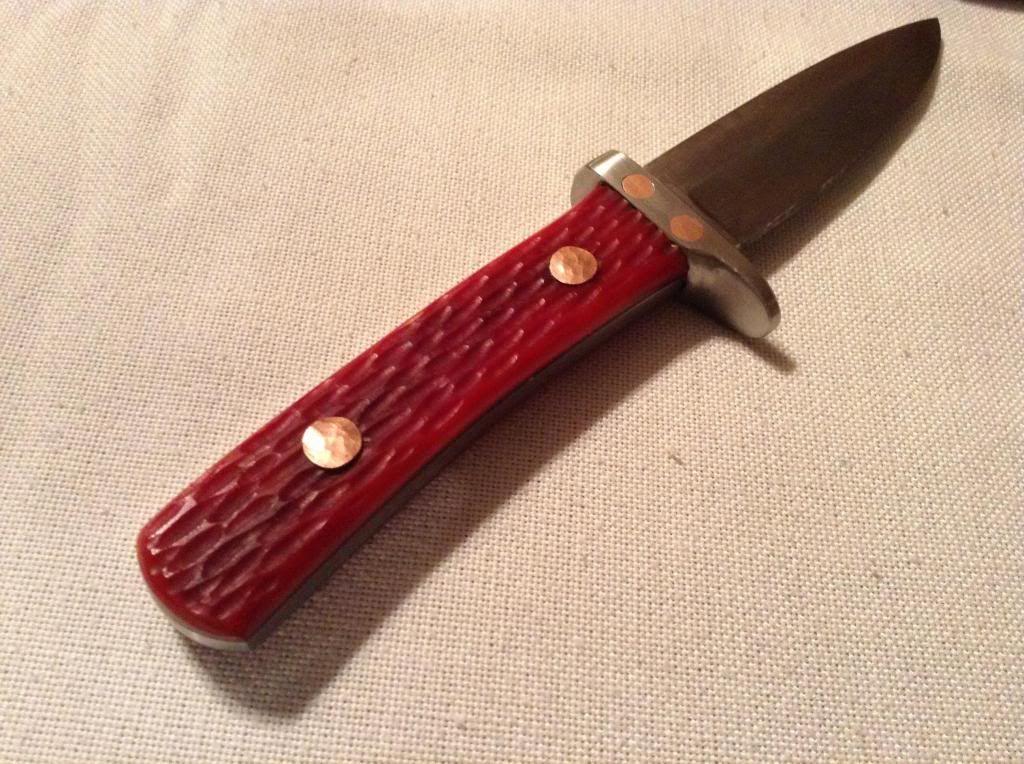
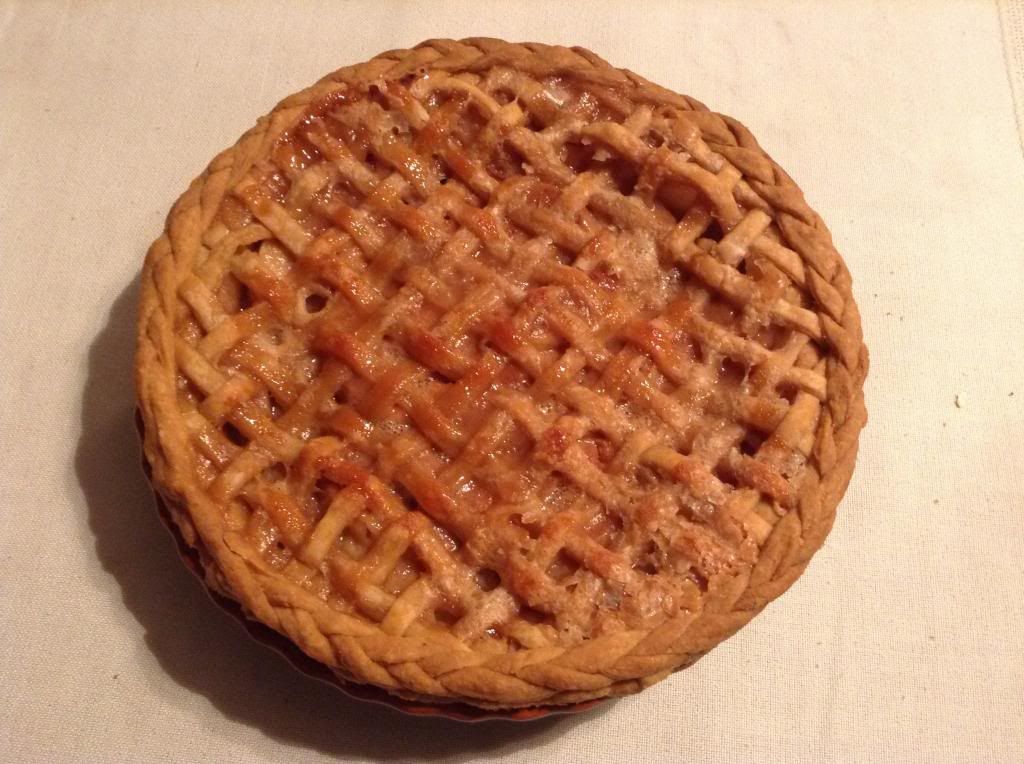
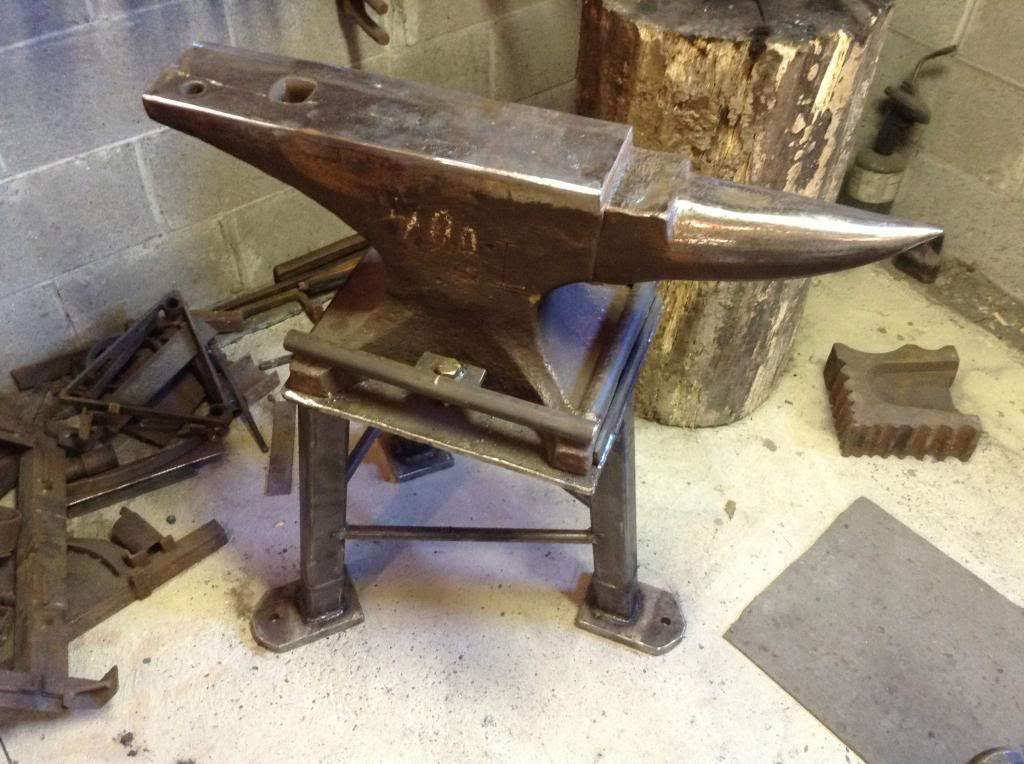

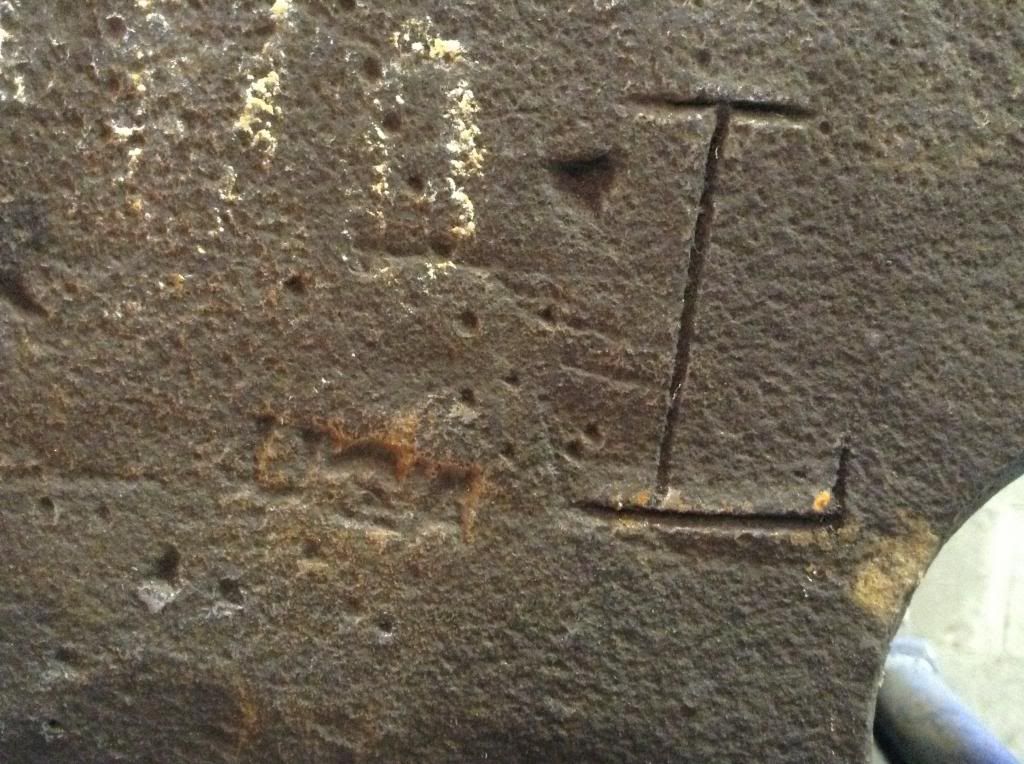
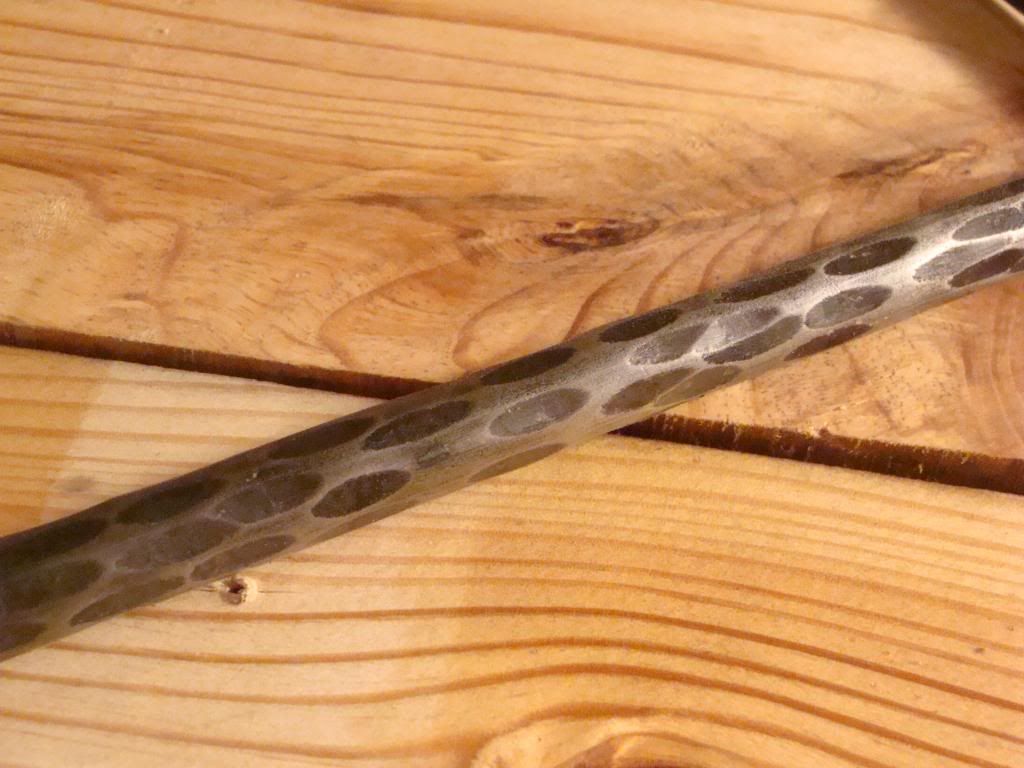

Lets talk pneumatics: I need comprehensive info on air hammers
in Power Hammers, Treadle Hammers, Olivers
Posted
My current cylinder is two inches in diameter. It has performed flawlessly for me for three years, and the guy before me had it for a year or two.
Not only do I need more throw, I need more weight.
I have looked into modifying mine, but the modification would have to be so extensive, it would just be more simple to build from scratch.
As the cylinder gets longer, why do you need more width? What does that do for you? I mean if a 2x12 cylinder cycles a 60 pound head (and I've even added an additional 20 pounds to my head before,) why wouldn't a 2 or 2.5 x 16 cycle a 100 pound head?